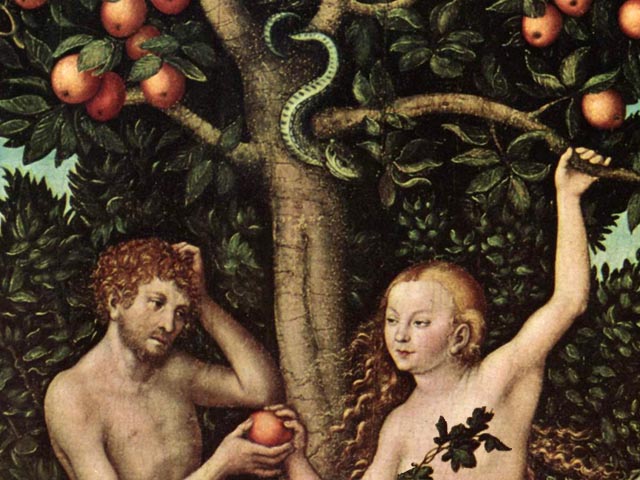Adam and Eve’s childhood
Adam and Eve, according to the creation myth of Abrahamic religions, were the first man and woman. The story of Adam and Eve is central to the belief that God created human beings to live in a Paradise on earth, although they fell away from that state and formed the present world full of suffering and injustice. It provides the basis for the belief that humanity is in essence a single family, with everyone descended from a single pair of original ancestors. It also provides much of the scriptural basis for the doctrines of the Fall of man and Original Sin, important beliefs in Christianity, although not generally shared by Judaism or Islam.
The following are extracts from questions found on various internet forum discussions :
Did Adam and Eve have a childhood?
Answer # 1 : I think people get erroneously caught up in a “God can do anything however He wants” mindset. However, I suspect that God acts through natural laws and doesn’t just snap His fingers or wrinkle His nose.
Answer # 2 : Since Adam and Eve represent each and every one of us, I’d say the answer is yes, I had a childhood.
Answer # 3 : No. I do not believe they were ever children. To have been children implies they had parents, which they did not. Adam and Eve were formed adults; the first man and woman. Adam and Eve also would not have had navels.
Answer # 4 : I never thought of it that way! And (if you agree with the bible metaphor theory) it makes sense if they were created as children.
Unfortunately, the scientific evidence shows that Adam and Eve could not have existed without going through the period of childhood. Genetic data show no evidence of any human bottleneck as small as two people: there are simply too many different kinds of genes around for that to be true.
There may have been a couple of “bottlenecks” (reduced population sizes) in the history of our species, but the smallest one not involving recent colonization is a bottleneck of roughly 10,000-15,000 individuals that occurred between 50,000 and 100,000 years ago. That’s as small a population as our ancestors had, and—note—it’s not two individuals.
Further, looking at different genes, we find that they trace back to different times in our past. Mitochondrial DNA points to the genes in that organelle tracing back to a single female ancestor who lived about 140,000 years ago, but that genes on the Y chromosome trace back to one male who lived about 60,000-90,000 years ago. Further, the bulk of genes in the nucleus all trace back to different times—as far back as two million years.
This shows not only that any “Adam” and “Eve” (in the sense of mitochondrial and Y-chromosome DNA alone) must have lived thousands of years apart, but also that there simply could not have been two individuals who provided the entire genetic ancestry of modern humans.
Each of our genes “coalesces” back to a different ancestor, showing that, as expected, our genetic legacy comes from many different individuals. It does not go back to just two individuals, regardless of when they lived.

